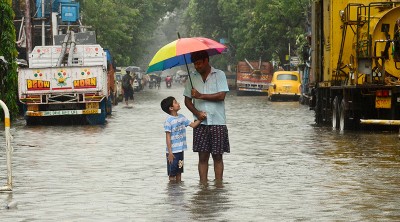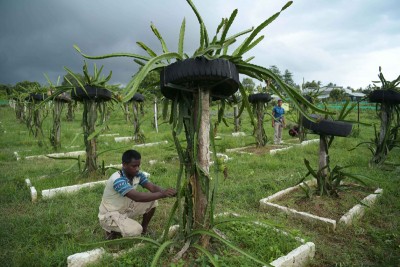
Arctic sea ice maximum at record low for third straight year
On March 7, sea ice extent over the Arctic Ocean reached 14.42 million square kilometers (5.57 million square miles), then gradually began its decline with the start of the melt season, read the National Snow and Ice Data Center (NSIDC) website.
The sea ice maximum refers to the point at which sea ice is at its highest seasonal extent.
The sea ice minimum will occur sometime in September.
The 2017 Arctic maximum is now the lowest in the 38-year satellite record, beating 2015’s maximum of 14.517 million square kilometers (5.605 million square miles) on February 25, and 2016’s maximum of 14.52 million square kilometers (5.606 million square miles).
NSIDC scientists said a very warm autumn and winter contributed to the record low maximum, with air temperatures 2.5 degrees Celsius (4.5 degrees Fahrenheit) above average over the Arctic Ocean. The overall warmth was punctuated by a series of extreme winter heat waves over the Arctic Ocean, continuing the pattern also seen in the winter of 2015.
NSIDC director Mark Serreze said, “I have been looking at Arctic weather patterns for 35 years and have never seen anything close to what we’ve experienced these past two winters.”
Data from the European Space Agency’s CryoSat-2 satellite showed that this winter’s ice cover was slightly thinner compared to the past four years. Data from the University of Washington’s Pan-Arctic Ice Ocean Modeling and Assimilation System also showed that the Arctic’s ice volume was unusually low for this time of the year.
“Thin ice and beset by warm weather—not a good way to begin the melt season,” said NSIDC lead scientist Ted Scambos.
NSIDC scientist Julienne Stroeve said, “Such thin ice going into the melt season sets us up for the possibility of record low sea ice conditions this September.” Stroeve is also professor of polar observation and modeling at the University College London.
“While the Arctic maximum is not as important as the seasonal minimum, the long-term decline is a clear indicator of climate change,” said Walt Meier, a scientist at the NASA Goddard Space Flight Center Cryospheric Sciences Laboratory and an affiliate scientist at NSIDC.
Support Our Journalism
We cannot do without you.. your contribution supports unbiased journalism
IBNS is not driven by any ism- not wokeism, not racism, not skewed secularism, not hyper right-wing or left liberal ideals, nor by any hardline religious beliefs or hyper nationalism. We want to serve you good old objective news, as they are. We do not judge or preach. We let people decide for themselves. We only try to present factual and well-sourced news.







